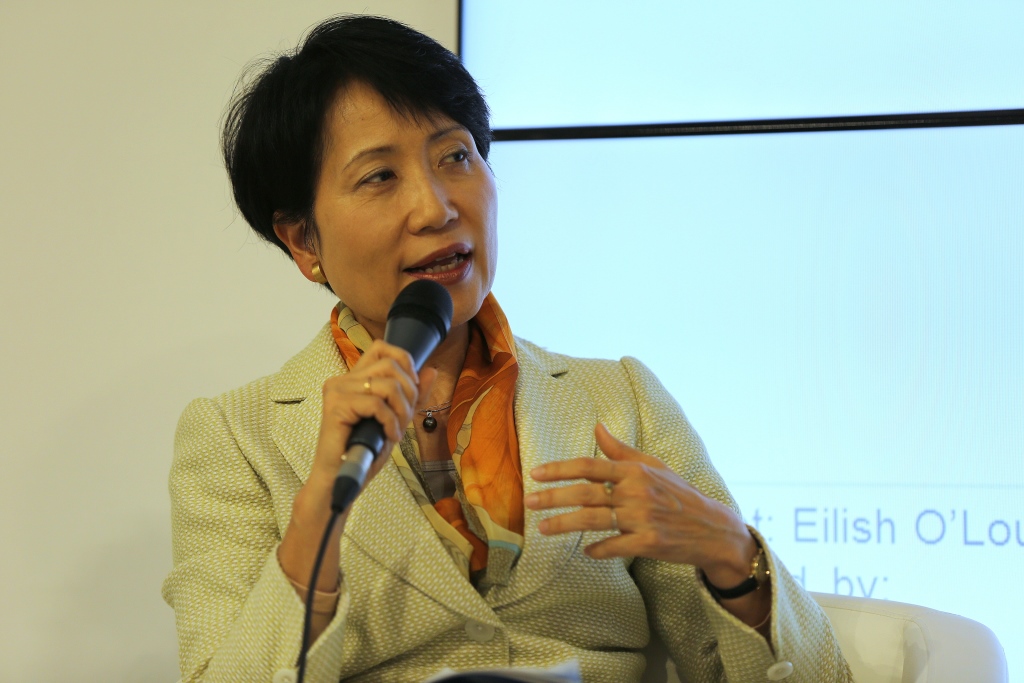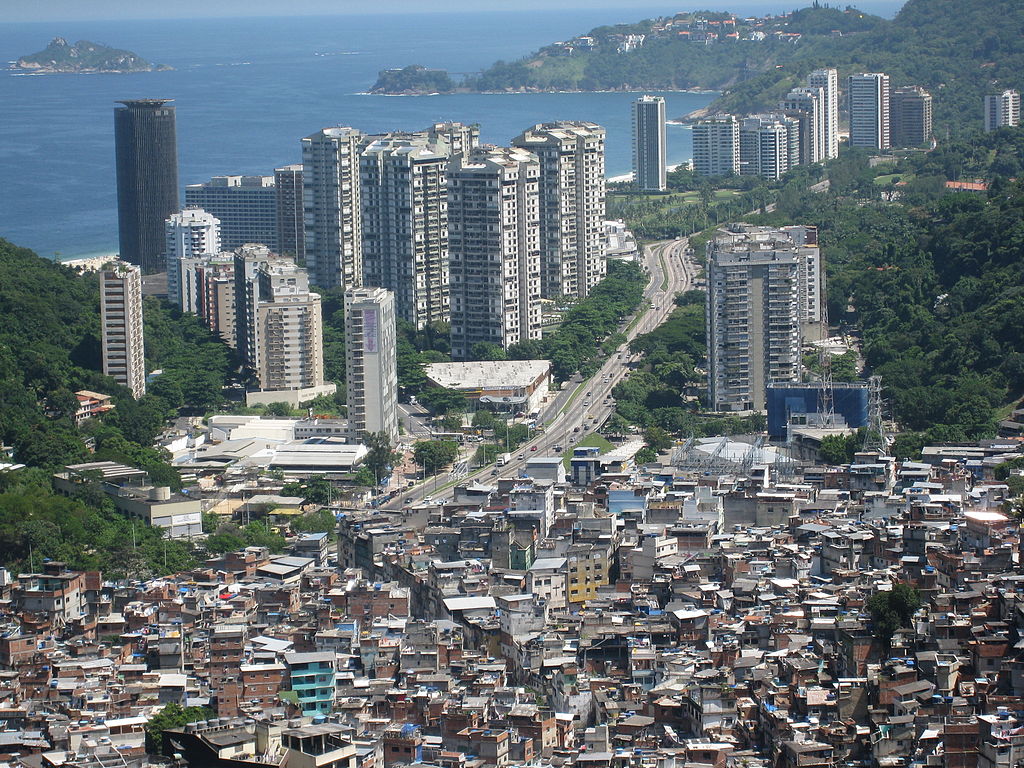The GEF: Pipelines and Platforms for Urban Resilience Financing
The Global Environmental Facility (GEF) hosted a session at the Cities & Regions Pavilion – TAP2015 at COP21 on Tuesday 8 December. In the session, entitled “Innovative Finance for Urban Resilience,” participants discussed key questions related to financing urban resilience, including the challenges of securing funding for adaptation, harmonizing diverse urban development objectives, and structuring different streams of finance – some dedicated to adaptation, others earmarked for investments in various sectors, such as transport or water services – for supporting resilient development in cities.
Panellists emphasized that action on climate change and resilience should not be seen as distinct from urban development in general. As Eric Postel, Associate Administrator of USAID noted, while cities should build climate resilience into roads and mass transit systems, the infrastructure investments would be made regardless. So resilience funding is not an “all or nothing” issue but an integrated part of urban planning. Similarly, insurance for resilience required an understanding of the “connectedness of systems”, as David Bresch, Head of Business Development at Swiss Re said.
Michael Rattinger, Climate Change and Disaster Risk Management at the Asian Development Bank noted that urban transformation will require decades of investment, requiring funding agencies to work with each new cycle of political leaders. One way to ensure continuity is to build plans that are provisional and can be improved over time. However, as Postel said, “there are still a lot of bills to pay and the world is going to have to pay them.”
Now is a key moment for resilience funding, panellists agreed. Rattinger pointed out that Asian cities add 120,000 new inhabitants every day. While the continent is still a rural one, the majority of its population would soon live in urban areas. This period therefore offers a unique opportunity for financing bodies to shape cities in the right way.
Cristiana Fragola, Director of Europe and Middle East, 100 Resilient Cities argued that the bottom-up approach is the most compelling, with the networks like the Compact of Mayors offering robust evidence that cities are taking action. However, one key challenge, highlighted here and in other sessions, is developing and upscaling “bankable” sustainability projects in cities. Fragola suggested that cities pool assets of creditworthy projects to reach the volume required by the private sector and banks. In response, ICLEI Secretary General Gino Van Begin mentioned the Transformative Actions Program (TAP), which has gathered over 120 of the most ambitious, inclusive and cross-cutting local climate actions, demonstrating that cities and regions have robust projects that are ready to be implemented.
Ishii argued that in addition to a pipeline of bankable projects, a multi-stakeholder platform is required to allow cities to realize their potential. City planners, businesses and banks must all be united in a way that goes beyond dialogue; as Ishii said, “if we just sit down and talk, nothing will happen”.
Following the panel discussion, three announcements were made. Cynthia Rosenzweig of the Urban Climate Change Research Network (UCCRN) presented the UCCRN’s latest report, which she described as an “IPCC just for the cities.” In the report, researchers, scientists and scholars scaled down the projected impacts of climate change to the local level, allowing cities to see what kind of resilient investments they need to make. .
A representative of Quebec announced that Quebec will commit USD 25.5 million to international climate measures, six million of which will be distributed through the GEF fund.
Finally, Hon. Lorna Eden, Ministry of Local Government, Urban Development, Housing and Environment of Fiji expressed her appreciation for the vision of the GEF, which will produce short and long-term benefits for society, she said. Further options were required, however: “The innovation of green bonds has been a game-changer in our fight against climate change,” Eden said.
The session reiterated a number of prominent themes from COP21: the need for integration and bankable projects, and the challenges of rapid urbanization, particularly in Asia. It also demonstrated the desire of global financing bodies like the GEF to direct finance to cities – if the projects are available. In the years to come, increased dialogue will be required, and cities must continue to build their capacity and coordinate with each other to ensure that they are viable options for financing.
About the GEF
The GEF was established on the eve of the 1992 Rio Earth Summit to help tackle the most pressing environmental issues facing our planet. Since then, the GEF has provided US$14.5 billion in grants and mobilized US$75.4 billion in additional financing for almost 4,000 projects worldwide. The GEF has become an international partnership of 183 countries, international institutions, as well as civil society and private sector organizations, working together to address global environmental challenges.
The GEF has also invested in projects that strengthen urban resilience using a range of urban strategies, including specific zoning and building codes and flood management interventions such as the prohibition of building within known floodways.





